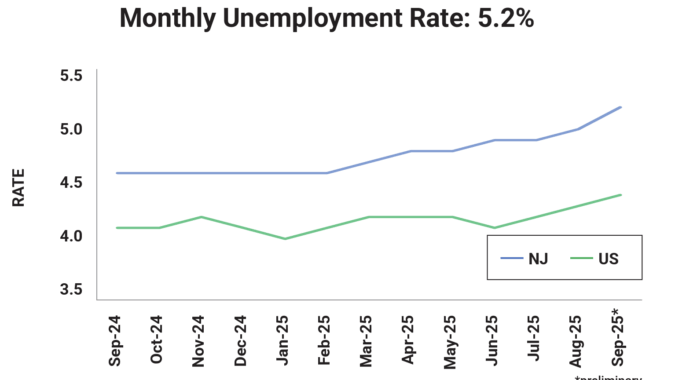You have a lackluster employee; they’re not getting the job done, but you let it go because you don’t have time to deal with it, you don’t want a confrontation, or you just can’t be bothered. For the annual performance review, you simply check “satisfactory” across the board and forget about it.
Then business takes a downturn, and you lay off that employee. Or maybe one day, you’ve just had enough of the employee’s poor work performance, and you fire them. Next thing you know, you’re being sued because the employee believes he or she was terminated for a discriminatory reason because you never informed him or her of the unsatisfactory performance.
Dealing with poor performance is like going to the dentist. Nobody likes doing it, but putting it off is going to hurt more later on.
At NJBIA’s recent Pay, Performance and Productivity seminar, Michael A. Shadiack, Esq., chair of the Employment Law Practice Group at Connell Foley LLP, offered best practices for business owners and managers to get the most out of their employees’ work performance and protect themselves against lawsuits at the same time.
Here are four essentials that every business should incorporate in dealing with poor performing employees.
- Don’t Wait.
Quick and effective feedback, whether it is constructive counseling, a verbal warning, or a written warning, should be done when a problem becomes apparent. Avoid the temptation to let things go. Don’t squirrel away mistakes and present them all at once at the year-end review.
“Nothing in the end-of-the-year performance evaluation should be a surprise to the employee,” Shadiack said. “Managers are well-advised to discuss performance issues with the employee throughout the year, which should then be documented and placed in the employee’s personnel file.”
Merely documenting the employee’s performance issue or workplace infraction that “broke the camel’s back,” resulting in an adverse employment action despite prior deficiencies in these areas, is insufficient. It exposes the company and you to potential liability should the employee challenge that employment action by arguing it was taken for discriminatory, retaliatory, or some other unlawful reason, Shadiack said.
Quickly responding to a situation and documenting the corrective action taken offers the best opportunity for the employee to improve. It also makes it easier to recall specific events that will provide critical information for any subsequent discipline, or for a legal the defense, if necessary.
- Address performance issues consistently.
The manager who doesn’t want to say anything bad about an employee and just checks off a box stating “satisfactory work performance” on the annual performance review form isn’t doing anyone any favors. An employer will have a difficult time defending any adverse employment decision when the employee’s performance had been rated as “satisfactory” or “meets expectations” in the past. Judges and juries will wonder how an employee’s performance rated in such a manner for years suddenly became unacceptable to the employer.
Accurate performance reviews that show the areas that need improvement can protect you against allegations that you let the employee go because of some illegal reason, such as in retaliation for a workplace complaint they may have made, filing a workers’ compensation petition, or because of the employee’s age, gender, disability, religion, sexual orientation or any other protected classification.
- Documentation is the key to successful employment actions.
The key to successful employment actions, which can be supported by the record, is well-prepared documentation to support the action. It lets the employee know where he or she stands and how they can improve, and if you do have to let someone go, documentation will give you a record of the legitimate business reasons supporting that decision.
“Your company’s ability to defend an employment decision is most likely going to be based upon the existence of documentation and how thoroughly it was prepared,” Shadiack said.
Documentation should be signed by both the manager and the employee, and kept in the employee’s personnel file. If the employee refuses to sign the documentation, (such as a written warning), don’t get into an argument or try to force the employee to sign it. Rather, the best practice is to make a notation on that document that you provided it to the employee, the date that you gave it to the employee, and note that he or she refused to sign it.
- Be objective.
The performance documentation should be objective, specific and thorough, Shadiack repeatedly stressed. If an employee is habitually late to work, avoid subjective descriptions like the employee is “unreliable” or “lazy.” Similarly, avoid exaggerations like “always” and “never.” People are not always or never something; they’re usually somewhere in between.
Instead, document how many times the employee has reported late to work, the number of minutes he or she was late on each occasion, and include the dates. For example, “You have been at least 10 minutes late five times this month (and provide the dates),” Shadiack said. “You know what’s good about that? The statement can be confirmed and supported by the company’s attendance records for that employee. You can match the two up.”
It’s also a good idea to include the business reason behind a performance deficiency and the corrective action to be imposed by the company. If there’s any law, rule or policy the employee is violating, cite it.


